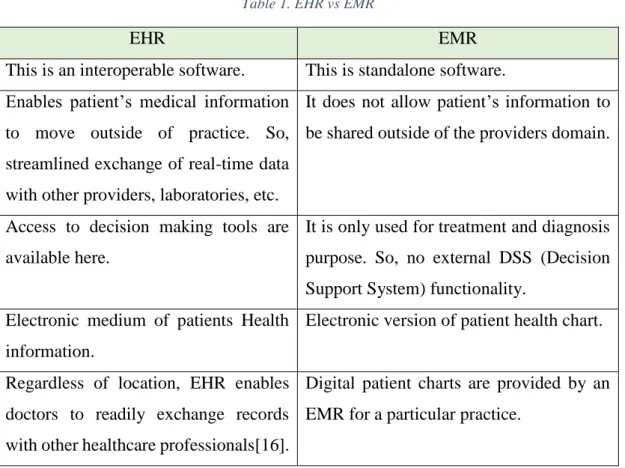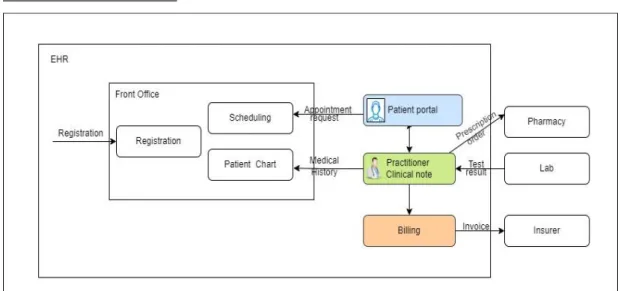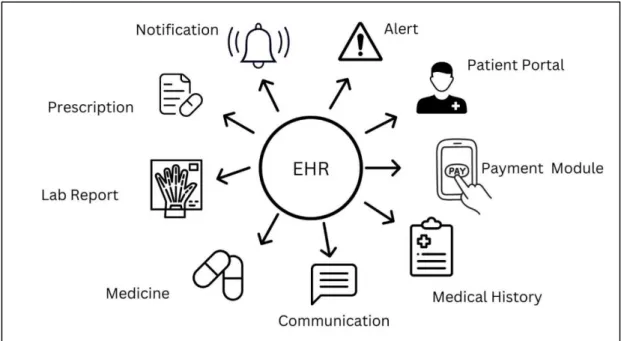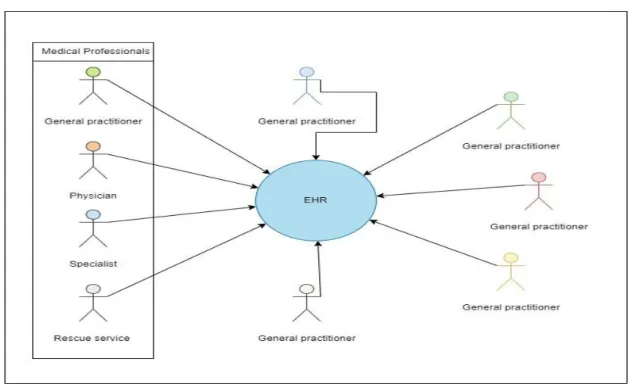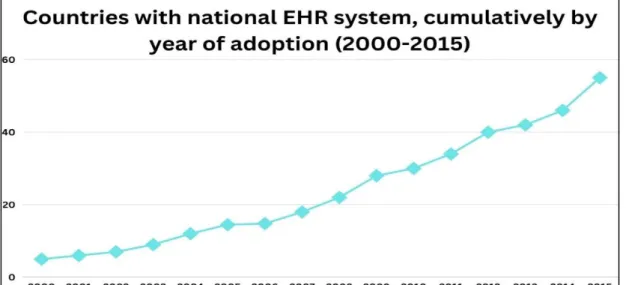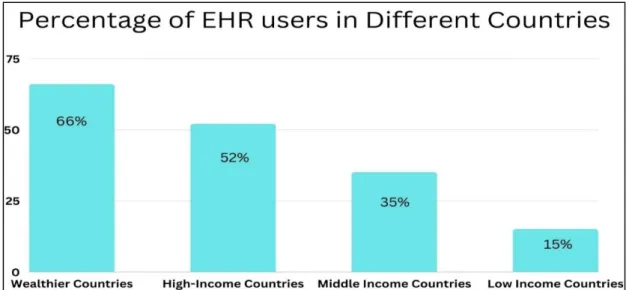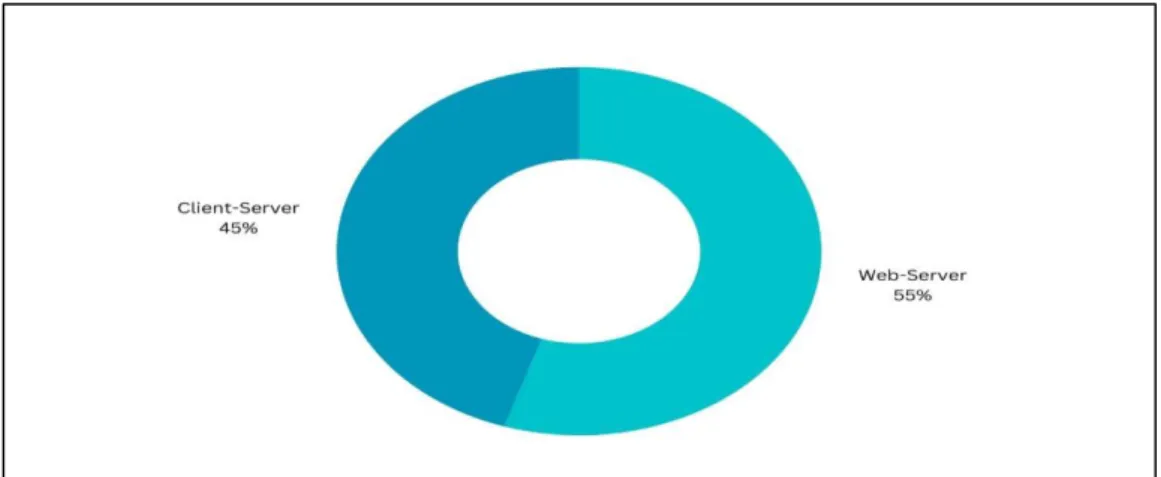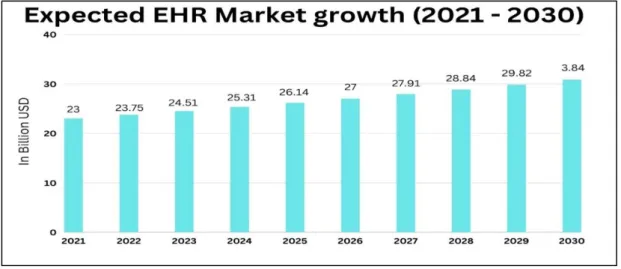First of all, I would like to thank almighty Allah for giving me the opportunity to complete my Master's Thesis on time. I would like to thank the parent for the support given to me during my educational journey. Furthermore, I would like to thank my little brother who helped me with my needs in the busy moments.
In addition, I would like to thank all the professors and faculty members whom I had the honor of meeting during my lectures at this university.
- Objectives
- Motivation
- Methodology of the Work
- Expected Outcome
- Report Layout
Current problems such as incorrect medical treatment and the overall cost of medical care will be reduced. Daffodil International University 3 EHR paradigm for Bangladesh, the research for this thesis will be exploratory and descriptive in nature. Points and suggestions from the world literature will be used to guide examples of implementation and regular use.
Below is the development methodology that will follow once the proposed EHR model is actually developed.
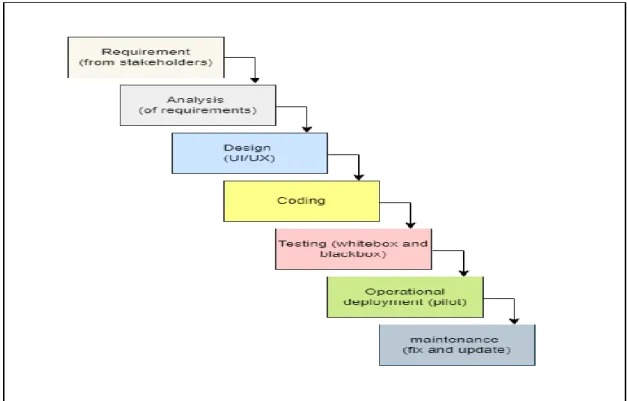
- Introduction
- E-Health
- Evolution of E-Health
- About EMR
- About EHR
- EMR vs EHR
- Workflow of EHR
- Features of EHR
- Type of Users of EHR
- Statistical Analysis of EHR
- Related Works
- Problems of Analogue Approach
- Common functionalities of EHR
- Stakeholders of EHR
- Implementation and Challenges of EHR in Bangladesh
- Government Initiative of EHR in Bangladesh
- Private Initiative of EHR in Bangladesh
- Nationwide EHR System
- Concern of eHealth systems
- Summary
One such product was created by Lockheed in the mid-1960s and has since been transferred to supplier Technicon, TDS Healthcare and Eclipsys, which is now part of Allscripts[3]. Some of the systems allowed the transfer of information between different health providers under the same organization. They also released a report that was the first to make the case for EHR use, including it as one of the top seven suggestions for improving patient records, and suggesting a method to convert paper records to electronic.
In order for patients to receive better care, the primary goal of the HITECH Act is to encourage the use of electronic health records and other supporting health IT in the United States[11]. The appointed GP will be able to access the medical record of the patient in an orderly format. From the primitive days of the eHealth system, the adoption of new technology in the healthcare industry has been a growing factor.
From the survey report of the WHO (2016) we learn that the adoption rate worsened in the first fifteen years of the 21st century. Since the inception of EHR in 2009, adoption of the system is still an ongoing process and is expected to grow over time. However, the market of eHealth systems in general is saturated in most of the developed countries.
Some of the problems they pointed out are poor accessibility, fragility (needs protection from fire or water damage), improper documentation, fragmentation of medical documents, requirement of extra physical storage, etc. Nevertheless, the majority of the private as well as public hospital cannot grasp the benefits of an E-health system. However, the deterrent to widespread use of m-health application can be traced back to unsatisfactory usability of the current applications.
This is why the UI and UX of the application should also be considered as one of the main concerns.
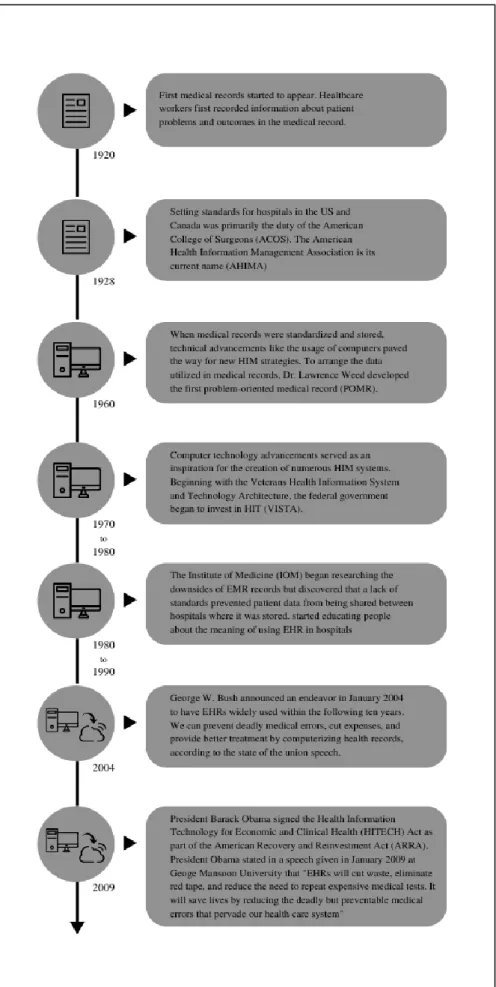
Introduction
Systems
- Bahmni
- DHIS2
- SJ EMR
It is a web-based and open source system that collects, analyzes, validates and displays individual as well as aggregated medical data[37]. It has gained worldwide acceptance as a national platform for health information technology[25]. From the beginning of DHIS2's journey in Bangladesh in 2009 until now, it has become a familiar system in most public health institutions in Bangladesh.
DHIS2 users enter data at the community level and perform robust analyzes of health data at the national, state, and county levels. Currently, this is the only software in Bangladesh that can provide a bird's-eye view of the national health status.
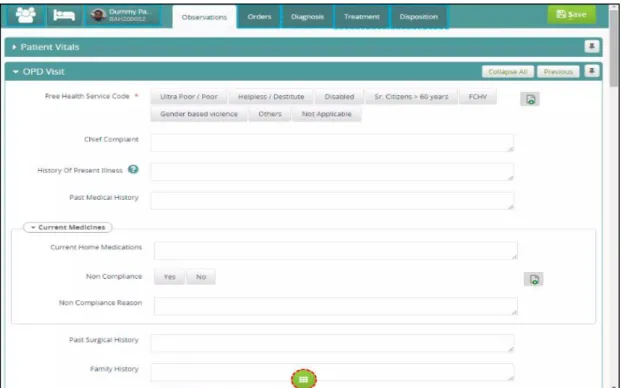
Summary
- Introduction
- Description
- Block Diagram
- Algorithm Approach
- Implementing Algorithm
- Summerly
In the case of old patients, the system will prompt the doctor to request access to the patient's medical information. After the patient's approval, the doctor will be shown all or a limited part of the health information. Another option will be available for patients who do not have an account in the EZK system.
For them, the practitioner will be able to register the new patient in the application. The system will also send a temporary username and password to the new patient's mobile number and email address. The new patient will be able to login to the account using the provided credential (username and password) and the system will prompt the patient to change the username (optional) and password (mandatory).
Going back to the main use case, when prescribing a patient, the doctor will be able to record all vital signs (heart rate, blood glucose, blood pressure, etc.) along with the patient's complaints and log them into the system for future reference. . In addition, the doctor will be able to select the required tests (blood, COVID, X-ray, CT, biopsies, etc.) for the patient. In the future, when a patient collects a test report, they can upload images of those reports to the diagnostic section of the electronic prescription.
The practitioner will be able to complete the prescribing session by adding his digital signature (hashing, practitioner's private key) and encrypting the medical information using the patient's public key. So, I will articulate the algorithm as if the patient has no account in the system.
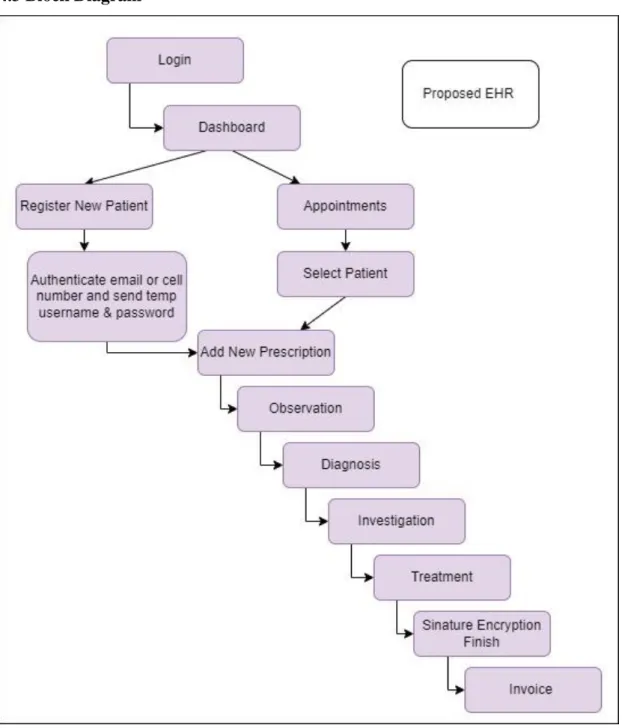
- Introduction
- Possible Outcomes
- Limitations
- Summary
Furthermore, the patient who has previously had negative side effects can be addressed and treatment using the old or incorrect test report can be avoided altogether. The patient should not have to go through unnecessary repeat tests just because they lost the test report. By keeping a record, the patient will be able to know more about his medical condition himself.
The proposed system will be able to assist a population health information system such as DHIS2 as a back-end supplier of raw data to identify potential demographic disease trends over a period of time. Now patient observation, medical history analysis, test ordering, treatment prescription, medication ordering and even billing can all be done on a single platform. This will reduce heavy burdens on the patient, the doctor and reduce the bottleneck of the entire medical process.
The system can assist the researcher by providing access to anonymous patient demographic data through tags and keywords written by the patient in the note module. Below are the limitations of the solution that may arise after the implementation of the system. As time goes by we will be able to see what other help might be needed and what the software can provide.
Time will also tell which features will be unnecessary in the future that we think are necessary right now. Similarly, future policies supporting an ethical code of conduct may require the solution to be readjusted to accommodate changes.
- Introduction
- Comparison
- Description
- Summary
In the table we can see each of the aforementioned applications with their respective functionalities. In the second row of the table, however, we find that access to personal information is not supported by DHIS2. Similarly, the proposed system will also have a payment module with digital payment options (Bkash, Nagad etc.) using SSLCOMMERZ payment gateway[39].
From the table we can also notice that the medical dictionary is not supported by most systems. Medicine ordering functionality is present in Bahmni and will be available in the proposed system as well. In addition to SJ EMR, other systems including the proposed model will support the sharing of medical information with another system.
The proposed system will also include the latest version of HL7 (version 2.9) based on a RESTful API. The proposed system will have a decision support system alert, such as a DDI (Drug Drug Interaction) alert. This DSS (Decision Support System) functionality is currently not present on any of the mentioned existing systems.
Built-in tags such as side effect tags can be used as a portal for researcher to uncover new findings. This section compares and contrasts the additional features the proposed system will have with those it will lack.
Summary
Conclusion
A more recent development of the EMR system is the EHR system, which is interoperable between different institutions. Therefore, in most developed countries, the use of the national EKK is often observed. In this thesis, I have articulated a model of an EHR system that can be used as a guide for software development in the context of Bangladesh.
Peer-reviewed literature was used to pinpoint the problems specific to Bangladesh and to explain the proposed process for developing the envisioned model. The proposed model will support both the record keeping function and other related aspects that go hand in hand with the medical process. In addition, it will also reduce hassles with paper and existing systems.
If each sector works together to achieve the goal, the result can only be achieved and sustained.
Future scope
In a remote environment, the physician can view a hologram of the patient or interact with the patient's avatar to provide more accurate care in that situation. Including the use of a Health Card, in which all medical information of the card user is stored. When the card will be available, users of the proposed EHR will be able to insert their data into the card they previously saved.
Affeldt, “The Joint Commission on Hospital Accreditation's New Quality Assurance Standard,” West. Wright, "American College of Surgeons, Minimum Standards for Hospitals and the Assurance of High-Quality Laboratory Services," Arch. Mukherjee et al., “Implementation of EMR in Dhaka, Bangladesh: a template for indexing pediatric central nervous system tumor care and review of prior neuro-oncology observations,” Childs Nerv.
Razi, “Electronic Health Record System (EHR) Adoption: From Bangaladesh Medical Students' Perspective,” in 2015 4th International Conference on Advanced Computer Science Applications and Technology (ACSAT), Kuala Lumpur, Malaysia, Dec. Meyer, “Improving the quality of the order writing process for inpatient orders and outpatient prescriptions,” Am. Terry, “The Emergence of National Electronic Health Record Architectures in the United States and Australia: Models, Costs, and.
Franzén et al., “Evaluation of the use of Swedish integrated electronic health records and register health data to support clinical trials in severe asthma: the PACEHR study,” Respir. Manoj et al., “Implementation of District Health Information Software 2 (DHIS2) in Sri Lanka,” Sri Lanka J.
